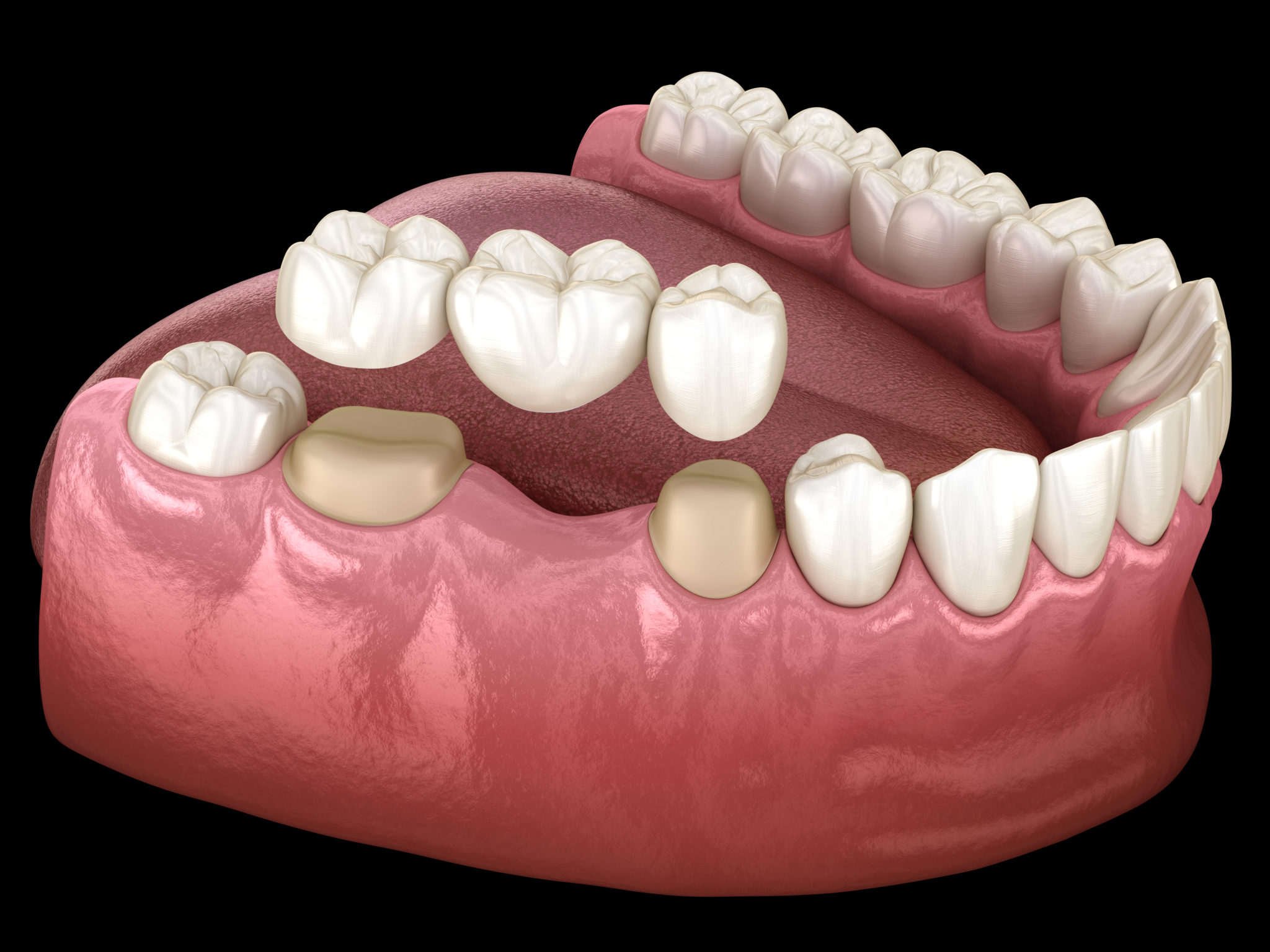
Dental crowns and bridges blend in. Their color matches your enamel. Their shape mirrors natural curves. It’s easy to forget they’re prosthetics. But no material inside the mouth resists pressure forever. Crowns aren’t indestructible. Bridges aren’t immune to stress. The illusion is seamless—but the timeline is real.
Average lifespan isn’t a promise—it’s a prediction based on conditions you may not control
Crowns often last 10 to 15 years. Bridges fall within the same range. But averages hide details. Some last 25 years. Others fail in five. Chewing habits, bite pressure, and oral pH all shift that outcome. Dentists give ranges, not guarantees. Your mouth writes its own version.
Materials make a difference, but no type offers immunity from wear or damage
Porcelain fused to metal. All-ceramic. Zirconia. Each material offers strength and compromise. Porcelain chips. Metal shows over time. Zirconia resists fractures but wears opposing teeth. Cost doesn’t always reflect longevity. Your bite, not your budget, often decides what survives longest.
Decay beneath or around the crown base ends more lifespans than cracks ever do
Crowns don’t prevent decay. They cover it. But bacteria find edges. If oral hygiene slips, decay creeps in. Especially near the gumline. Especially where floss skips. You won’t see the damage. But your dentist will. Hidden decay makes stable crowns fail quickly.
A bridge depends on the health of the teeth it’s anchored to—and they don’t always hold up
Bridges rely on abutment teeth. If those weaken, the entire system collapses. Gum recession. Root decay. Trauma. Even grinding can cause micro-movement. That shakes the foundation. Unlike implants, bridges need something alive to stay upright. And living teeth don’t always cooperate long term.
Bite alignment slowly changes, and restorations sometimes can’t adapt the way natural teeth do
Your jaw shifts. Your posture affects tension. Molars drift. If the bridge doesn’t move with the rest, pressure builds unevenly. Over time, cracks form. Cement loosens. Even minor shifts matter. They turn a stable bite into a fragile structure. Crowns don’t adjust—they resist until they crack.
Bruxism often shortens the life of dental work, even if you don’t feel yourself grinding
Many patients grind teeth unconsciously. Night or day. Pressure builds across crowns. Tiny fractures begin. Some never surface. Others widen silently. You won’t feel it until the bite feels wrong. A night guard helps, but only if worn regularly. Without it, crowns give out sooner.
Gums shrink with age, exposing margins that weren’t visible when crowns were placed
What once fit perfectly may now show a gray line. Gum recession reveals the edge. That edge collects plaque. It may look like staining—but it signals trouble. Bridges suffer too. Exposed roots weaken support. Esthetics fade. Health risks rise. The fit doesn’t change, but your mouth does.
Chewing hard objects cracks more crowns than cavities ever do
Ice cubes. Hard candy. Pen caps. These don’t break teeth instantly. But pressure adds up. Crowns fracture suddenly—or weaken gradually. Bridges snap under force. Dentists warn, but habits persist. One crunch too many shortens years of wear. Chewing styles matter more than most admit.
Flossing technique affects more than hygiene—it protects the structure supporting your bridge
Some patients avoid flossing under bridges. They fear damage. But trapped food does more harm. Special floss tools exist for bridge care. Without them, plaque wins. Decay starts unseen. Gums swell. The base loosens. Restorations fail not from biting—but from neglect between meals.
Loose crowns aren’t always obvious—they can stay seated while failing underneath
The crown may look stable. But cement can dissolve. Microleakage starts. Bacteria seep in. By the time pain begins, it’s late. The crown may still sit firmly. But what’s under it crumbles. Only X-rays reveal the gap. Regular checks catch these quiet failures early.
A root canal before placement doesn’t guarantee the tooth will hold up forever
You may assume root canal plus crown equals security. But non-vital teeth still fracture. They become brittle. Internal cracks weaken the core. The crown survives, but the foundation splits. Some need post reinforcement. Others simply reach their limit. A crown is only as strong as its base.
Dental insurance timelines often reinforce the idea that 10 years is a benchmark
Some policies cover replacements every decade. That shapes patient expectations. But teeth don’t follow policy calendars. Some crowns earn 20 years of service. Others fail before five. Insurance may guide when you act—but your dentist guides whether you need to.
Color stability fades differently across materials and affects appearance more than strength
Zirconia resists staining. Porcelain absorbs pigment. Coffee, wine, and tobacco change the shade. Bridges stain unevenly. Crowns turn dull. This isn’t decay—but it affects perception. Many patients request replacement based on esthetics, not function. The lifespan ends not in failure—but in fading.
You might outlast your crown, but not outgrow the need for a new one
Your body changes. Your habits evolve. Crowns meet those shifts imperfectly. When one wears out, another replaces it. Dentistry doesn’t promise permanence. It offers chapters. Each crown writes part of your oral story. That story continues, with replacements as needed—not as failure, but as maintenance.
Source: Prosthodontics in Dubai / Prosthodontics in Abu Dhabi
